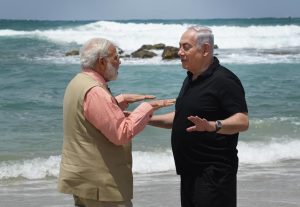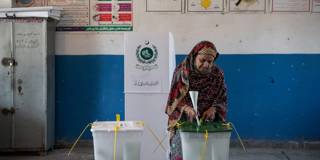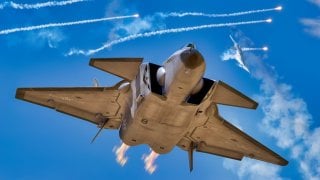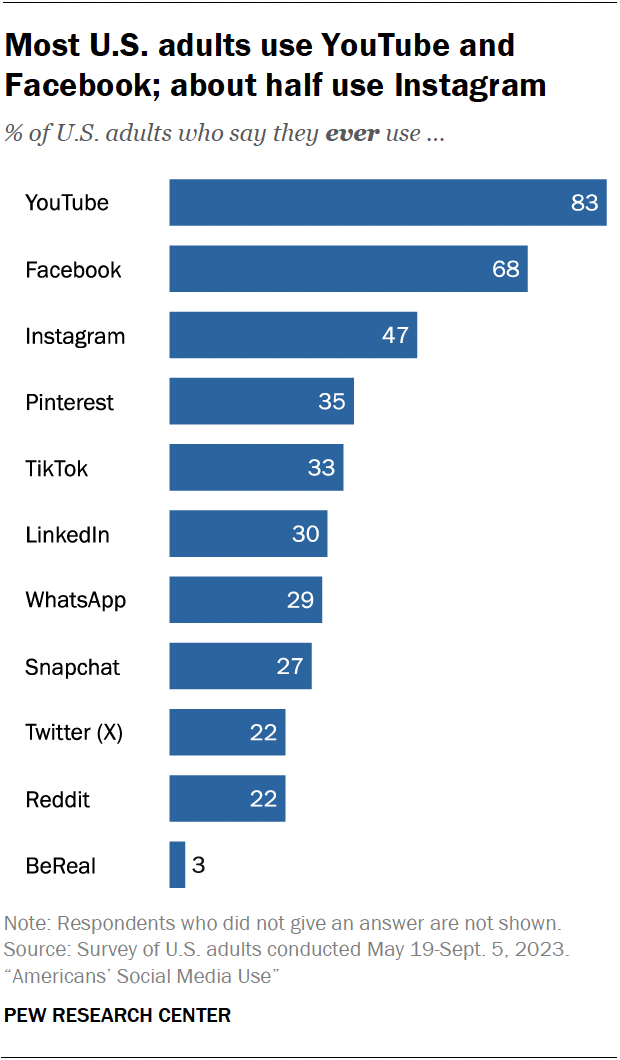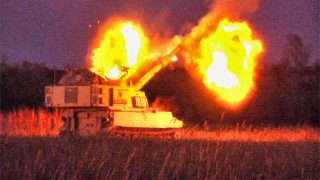Paul R. Pillar

The Biden administration continues to give high priority to brokering a Saudi-Israeli diplomatic normalization agreement. The political motivations behind Biden’s seeking of such a deal earlier in his presidency were unsurprising. The previous administration had loudly touted the so-called “Abraham Accords,” which normalized diplomatic relations between Israel and four Arab countries. With Saudi Arabia the big prize yet to be won, Biden could one-up Donald Trump by reaching a similar deal with Riyadh.
Besides, the reflexive inclination to defer to whatever Israel wants, which Biden displayed following the Hamas attack last October, was consistent with an effort to secure a diplomatic plum that the Israeli government has long wanted.
The Israeli onslaught on the Gaza Strip temporarily put such efforts on hold, as the creation of one of the worst manmade humanitarian disasters of recent times made Arab nations disinclined to make positive moves toward Israel.
With the tragic events of the past four months having demonstrated to the administration that it could no longer keep sidelining the unresolved Israeli-Palestinian conflict, it has repurposed the goal of a normalization deal with Saudi Arabia and made it part of a new and grander strategy for the Middle East. The central idea is that such normalization would be an incentive for Israeli leaders to move, in ways they have not moved before, toward making peace with the Palestinians.
The administration has pushed this idea in trying to defend its policies of deference to Israel and to respond to what many regard as insensitivity to the suffering of Palestinians. Deputy National Security Adviser Jon Finer, when meeting recently with unhappy Arab-Americans in Michigan, argued that a normalization agreement between Israel and Saudi Arabia would be a critical step toward creating a Palestinian state.
